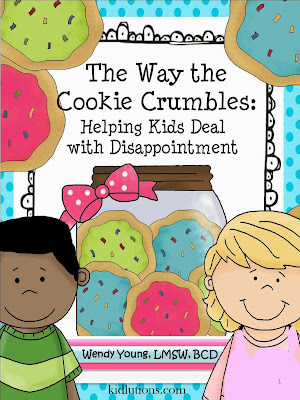Ghost Feelings: A Craftivity to Teach Social Skills
Make your own Ghost Feelings Folks for Your Home or Classroom
1. Remove the foil lid completely and dump the coffee grounds out. For zero waste, save them to use for compost for your garden/plants. Here's how it's done. Remove the little plastic piece inside and discard (or save for another project). Clean the containers and allow to dry.
2. Grab a Sharpie and free-hand draw the faces on the containers. Allow to dry.3. Use in a variety of ways to encourage discussion surrounding feelings.See below for some ideas!
1. Create doubles of each feeling. Turn the faces around and let kids play a matching game.
2. Have children pick one feeling face up at a time and discuss something that might make them or someone else feel that way. Then, ask them what they can do to manage that feeling.
3. Have younger children pick up one feeling face, identify it and make a face that shows how they look when they feel that way. A mirror can be helpful for younger children.
4. In a classroom, the above activity can be done in a group format.
5. If working with more than one child, pair them up. Have one child pick a feeling face, create that face and have their partner guess the feeling. Then have them switch roles.
6. Create sentence strips that evoke feelings of sadness (Joey broke his favorite toy, etc.), anger, surprise, worry, happiness. Read them off (or have the children read them if they are readers) and identify which feeling is attached to that scenario.
7. Pick a feeling face and ask kids how they would know when a friend felt that way.
8. Ask kids what they could do to support or help a friend that was demonstrating one of those feelings.
9. Ask kids if they think someone could have more than one feeling at a time. Why or why not?
10. Hold up a feeling that might be uncomfortable: Sad, mad or worried. Ask kids if they think that feeling lasts forever. Discuss why it's important to remember that when we are having a tough time.
11. Have kids pick a random feeling face and make up a story about what made the ghost feel that way.
12. Keep a daily log with kids about how they are feeling. Do their feelings fluctuate during the day, or do they stay the same? How many feelings does the child experience each day?
13. Discuss with kids: What's the BEST thing about feelings? What's the TOUGHEST/HARDEST thing about feelings?
You may also like:
Feelings Aren't Corny (Activity Resource)













Comments